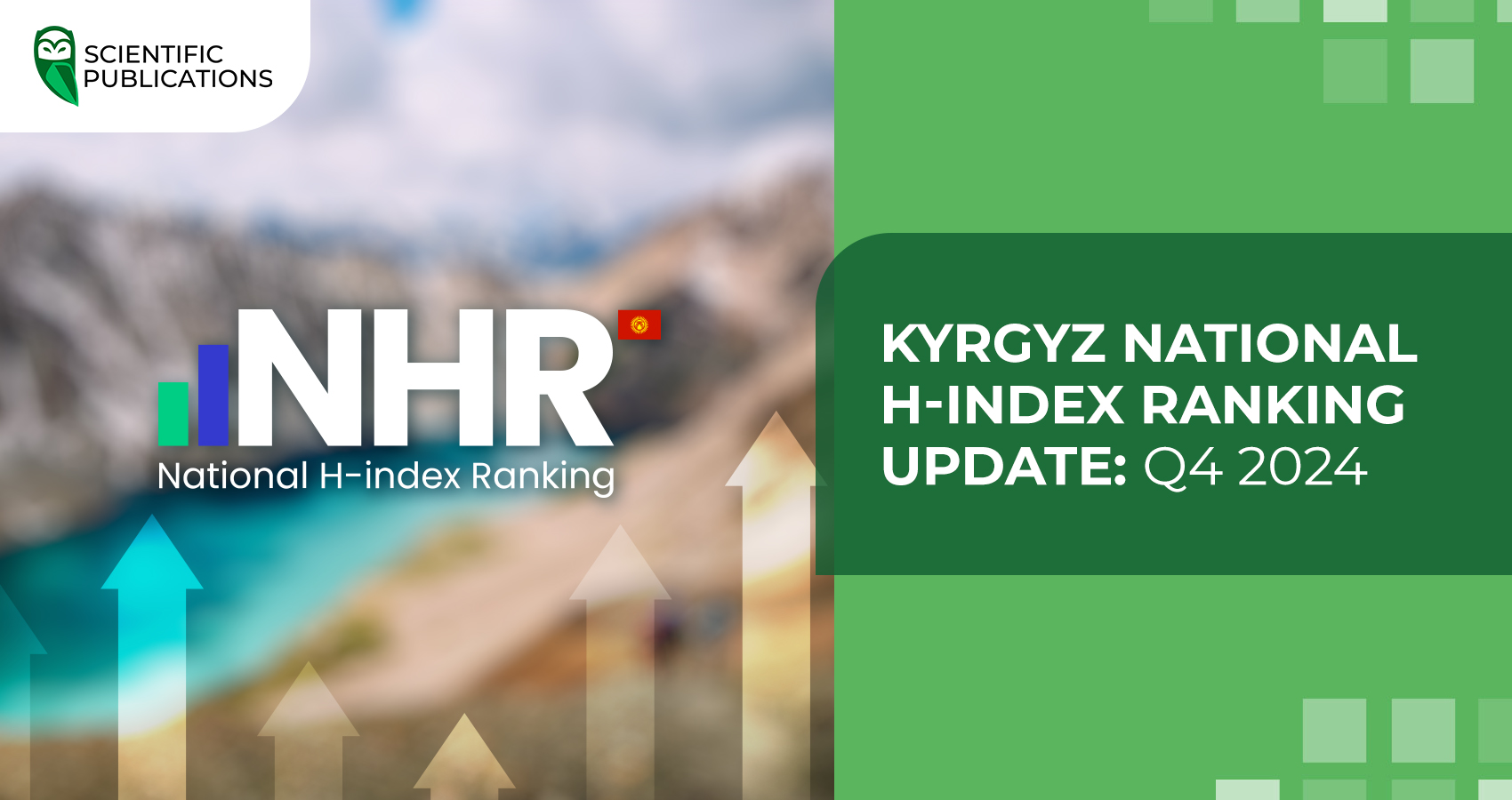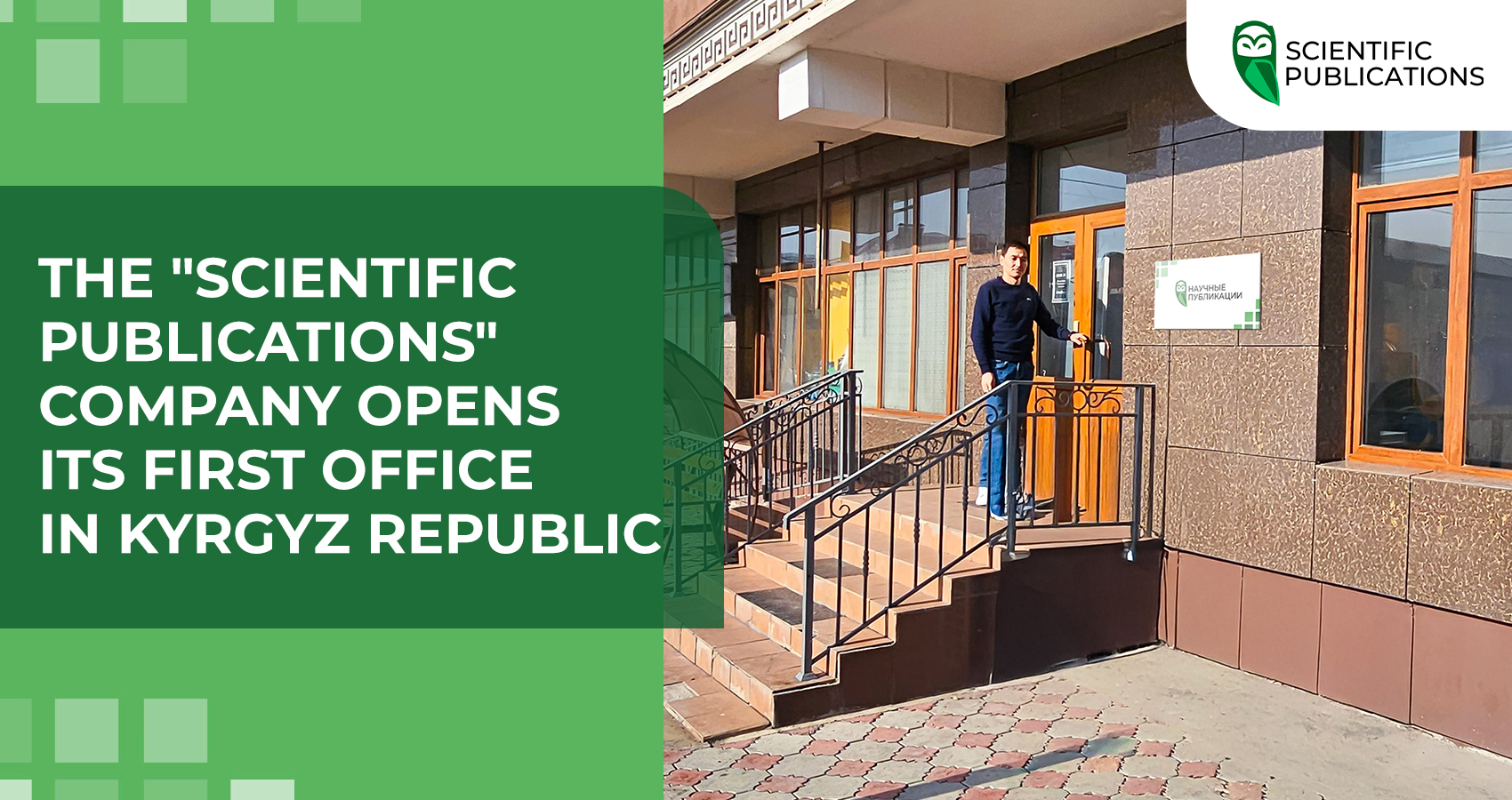Publication of articles in scientometric databases such as Scopus is an important step in the career of every researcher. It is a complex and lengthy process that scientists from different countries go through to gain recognition, titles, degrees, and build their careers. How do you publish an article in Scopus? How do you prepare a research paper for this database? In this article, we will answer these questions and share useful tips that will increase your chances of successful acceptance of your article in Scopus.

The Scopus database
Scopus is one of the largest scientometric databases that includes hundreds of disciplines, thousands of peer-reviewed journals, books, millions of records and author profiles, and billions of citations. The process of selecting materials for publication in Scopus is very strict, lengthy and demanding, which often leads to rejection of many authors.
In order to successfully publish in this database, a researcher must ensure that the work is carefully prepared and clearly understand all the content requirements, as Scopus is an authoritative source of scientific bibliography that indexes world-class literature. How to increase your chances of successful publication?
1. Building a scientific hypothesis
Before writing an article for publication in Scopus, a researcher must formulate a hypothesis that will be tested during the research. This stage is important for the work, as the hypothesis determines the direction and goals of the research. It is important that the scientific hypothesis does not contradict generally accepted scientific facts and truths and covers new or insufficiently studied aspects of the topic.
At the planning stage, a scientific hypothesis may not be fully formulated yet and may serve as an assumption. The researcher will determine its final version after conducting analytical work. Developing a clear scientific hypothesis is the first important step in preparing an article for publication in Scopus.
2. Choosing a journal
Choosing a journal for publication is a key step in the process of publishing in Scopus. It is recommended that you pay attention to the required normative indicators (quartile and percentile), evaluate journals according to your discipline, study the websites of the journals, check their indexation by comparing them with the information provided, and analyse their publication activity. Select the main journal and several alternatives, prepare the manuscript for submission to the main journal, and in case of rejection, promptly submit the article to the alternate journal. It is not recommended to submit your work to several journals at the same time.
3. Relevance
The main reason for prompt review and acceptance for publication is the novelty and importance of the scientific discovery, as publication should be an integral part of the research process that presents original results and innovative developments. Publication is necessary to clarify or revise previously published work, to conduct reviews in a particular field or to summarise conclusions, and to expand ideas rather than repeat them. Material should not be published if it is outdated, repeats previous work, or contains erroneous or unnecessary conclusions.
4. Research, analysis and critical thinking
At this stage, you should conduct in-depth analyses to identify under-researched aspects of your subject area, discipline, and area of research interest. This can be done by searching the Scopus, Web of Science, and Google Scholar databases. For those who want to publish an article in Scopus, it is important to first familiarise themselves with the works published in this database. Free access provides a search by author and journal, while a subscription opens up all types of searches.
5. Adherence to the IMRAD article structure
An important point on the way to publishing a scientific article in Scopus is to follow the structure. The IMRAD is a mandatory reference structure in this regard.
IMRAD contains the following sections:
- I (Introduction);
- M (Methods) – Research methods;
- R (Results);
- and D (Discussion).
Some people believe that the letter “a” in this abbreviation serves as a conjunction (“a” = “and’). However, there are researchers who argue that the “a” stands for a separate section called “Analysis”, so this structure is often seen.
- I (Introduction);
- M (Methods) – Research methods;
- R (Results);
- A (Analysis) – Analysis;
- D (Discussion).
It should be noted that the Results and Discussion sections can be combined. Authors often make mistakes when discussing their results. It is important to evaluate the results and explain their significance, highlight the strengths and weaknesses of the study, and draw parallels with the work of other researchers. It is necessary to make a comparative analysis by comparing the results of your research with those obtained by other researchers in the same or related field, noting both similarities and differences. It is also useful to note the differences in methods, materials, approaches, and concepts and theories used.
In addition to following the IMRAD structure, consider the following important aspects:
- Design of tables, graphs and charts, which may require MS Word, Adobe Illustrator or Corel Draw.
- Ensure high quality images (300 dpi resolution).
- Conversion of formulas into LATEX format.
- Provide a clear summary in the format of the conclusion.
- Attention to detail: correct use of dashes and hyphens, avoidance of unnecessary indents, avoidance of breaking names and initials.
6. Citation, references and bibliography
One of the most crucial steps on the way to successful publication in Scopus is the preparation of citations, references, and a list of references. In the text of the article, you must indicate absolutely all the works and all the authors who have become a source of information in your research. Otherwise, the verification systems may show a high percentage of plagiarism, which will result in the article being refused publication, as this is a direct violation of the principles of scientific ethics. You can learn more about scientific ethics and its principles in our article.
When compiling a list of references, choose the style specified on the website of the journal to which you plan to submit your article. This will help you go through the review and revision process faster. Make sure that all sources mentioned in the text are included in the bibliography to avoid the risk of plagiarism charges. All references in the article should exactly match the sources in the list. It is recommended to use up-to-date sources, as excessive references to outdated works are usually not approved by the editors of scientific journals.
We have recently reviewed the most popular styles of bibliographic references.
7. Metadata of a scientific article
The metadata of a scientific article, although small in volume, is an important element of research, as it affects the citation index. It includes the title, abstract, and keywords, which are always displayed in scientometric databases such as Scopus and Web of Science, regardless of the level of access. This metadata should serve a marketing function, as a researcher will choose the most informative article from among many others. The relevance of a scientific article usually lasts for three to five years, during which time the correct metadata will facilitate active citation. The title, abstract, and keywords are created to facilitate the search for the article in the relevant field.
8. Academic translation
This is one of the key stages in the process of preparing an article for publication in Scopus. A poor academic translation can ruin even a potentially valuable research paper, as reviewers and the editorial board may not understand the author's intent. The author may also submit an article to a journal published in a language other than English, but the share of such journals in the Scopus database is much smaller than that of English-language journals.
At this stage, we recommend that you contact professional translators, as they will ensure an accurate and correct translation of your article, while preserving its content and meaning.
It is recommended that you translate yourself:
- Avoid machine translation, as a research paper should be characterised by high-quality academic language and use the relevant terminology clearly and accurately.
- Be sure to pay attention to style and grammar.
- Expand your vocabulary, each word should be precisely chosen and not contain double meanings.
- Make sure that the facts described are clear.
- Pay attention to the structure of sentences and work on optimising their length.
- Use grammar checking services to help avoid common mistakes.
9. Adherence to the principles of scientific ethics
In order for an article to be accepted for consideration for further successful publication in the Scopus database, it is necessary to strictly adhere to all the principles of scientific ethics, including
- originality;
- confidentiality;
- objectivity;
- intellectual property;
- protection of human and animal rights;
- honesty;
- legality, etc.
10. Maintaining communication with the journal
The last step is communication with the journal representatives. Remember that the task of the reviewers and the editorial board is not to criticise your work, but to improve it, so you should take into account their comments and correct the shortcomings. If a certain comment seems unacceptable to you, try to convey your opinion to the reviewers and editors in a reasoned manner.
Since the number of papers to be reviewed in Scopus-indexed journals can be large, you can expect a response from the editors for several weeks or more. If you have not received a response, please send an email. Please note that the delay may be caused by technical problems (for example, your email or the editorial board's response may have been sent to the spam folder), so it is recommended that you check it regularly.
11. Indexing
If you have successfully completed all nine previous stages, congratulations! You are on the home stretch to getting indexed in the Scopus database!
Indexing is a technical process of entering data into Scopus, which is carried out at the level of the journal and the scientometric database, and does not require the active participation of the author. The publication of an article in a Scopus journal automatically means that it has been indexed. If an article has not been indexed for several months and information about it has not appeared in the author's profile, it is recommended that you contact the journal or Scopus to find out why and resolve the issue.
Choose “Scientific Publications” and the “Publication in Scopus” service on our website, and a personal manager will contact you shortly for a free consultation. Together we wish you a successful publication and new achievements!





